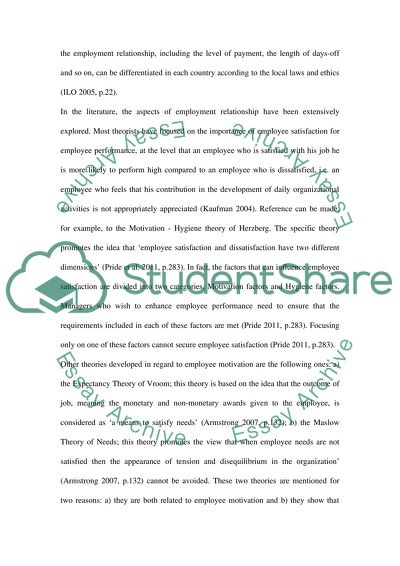Cite this document
(Managing People Global Context-Human Resources Management at Starbucks Case Study, n.d.)
Managing People Global Context-Human Resources Management at Starbucks Case Study. Retrieved from https://studentshare.org/human-resources/1615863-managing-people-global-context-human-resources-management
Managing People Global Context-Human Resources Management at Starbucks Case Study. Retrieved from https://studentshare.org/human-resources/1615863-managing-people-global-context-human-resources-management
(Managing People Global Context-Human Resources Management at Starbucks Case Study)
Managing People Global Context-Human Resources Management at Starbucks Case Study. https://studentshare.org/human-resources/1615863-managing-people-global-context-human-resources-management.
Managing People Global Context-Human Resources Management at Starbucks Case Study. https://studentshare.org/human-resources/1615863-managing-people-global-context-human-resources-management.
“Managing People Global Context-Human Resources Management at Starbucks Case Study”, n.d. https://studentshare.org/human-resources/1615863-managing-people-global-context-human-resources-management.


